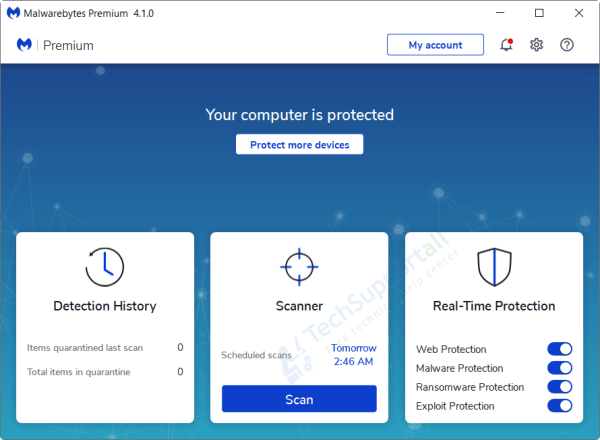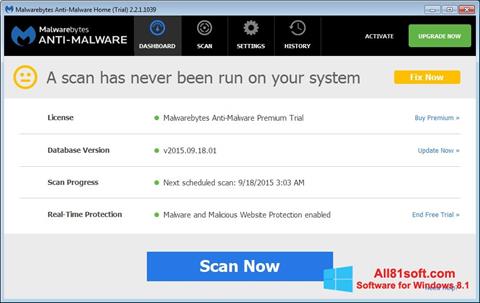

I came across several URLs in the output, one of which was: I used Wireshark to see exactly what was going on when an update was performed in the actual software interface.

You have an infected machine with all sorts of bad things like remote key-loggers etc.Why would one want to manually download the definitions file I hear you ask. (Well, technically they do, however this comes as a 6.5MB file which needs to be installed before being able to download the file (disadvantage for those on-the-go)… also, the file is not updated very often – once a week it seems – See here) One of the annoying things about Malwarebytes though is the fact that they do not offer their definitions files to be downloaded manually. Malwarebytes is no doubt one of the best anti-malware softwares available on the net – I have it as part of my default installation kit when I build/re-build a machine. It will work on any machine with PowerShell v3 and greater.

This one is easier to understand and doesn’t require wget.exe. UPDATE 05/2015: See version 2 of the script where I have written it in PowerShell.


 0 kommentar(er)
0 kommentar(er)
